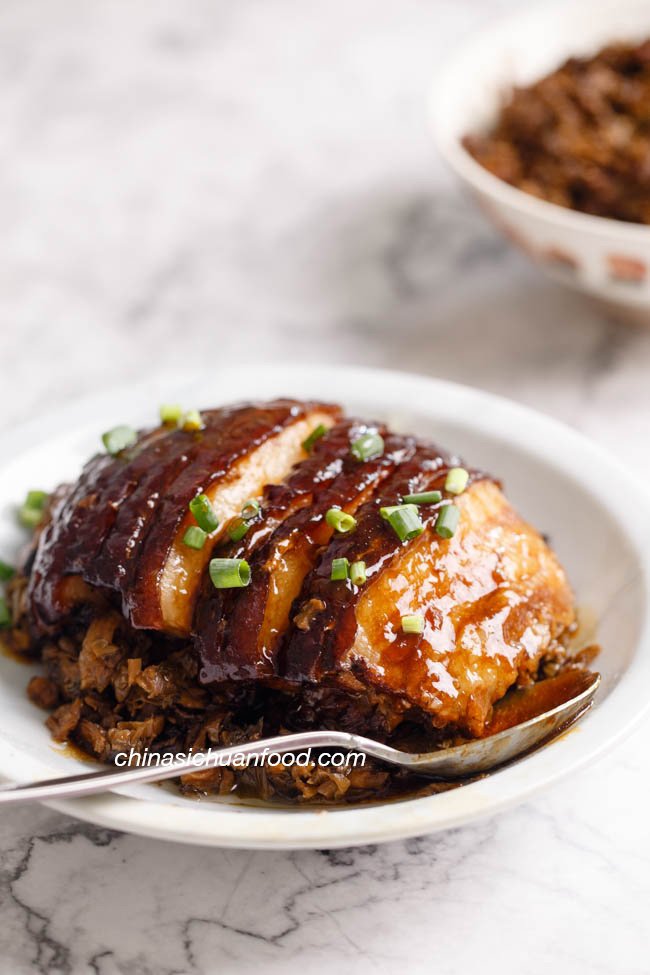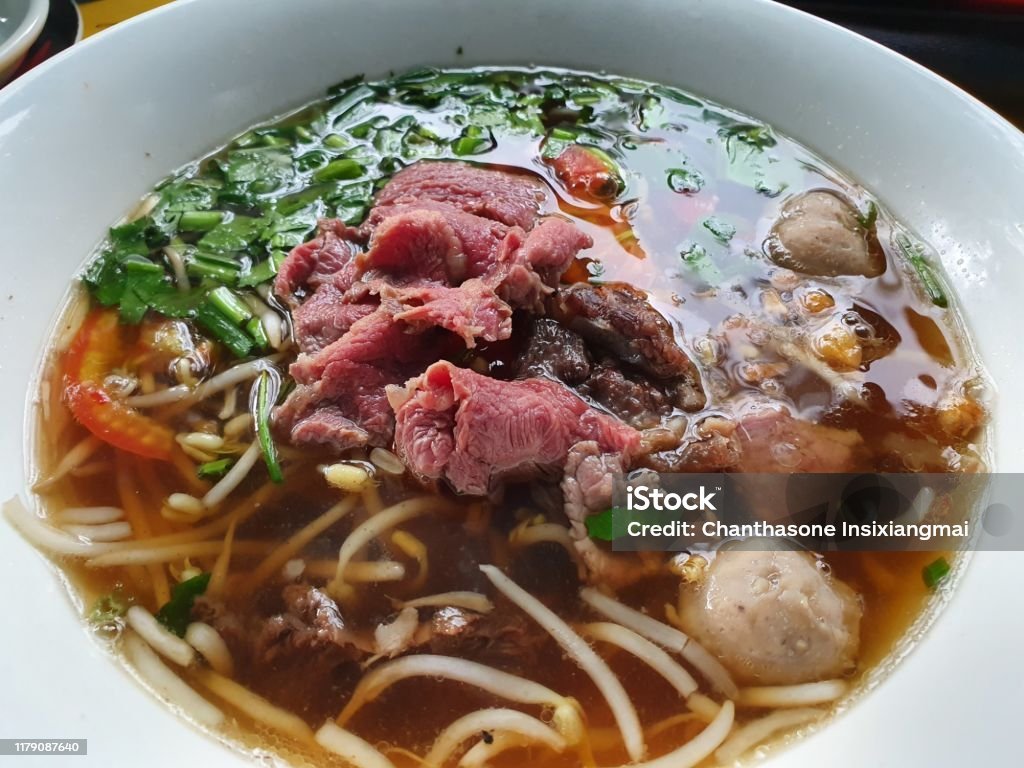
In the rich and diverse culinary landscape of Vietnam, Thịt Khâu Nhục stands out as a unique and captivating dish that combines the methods of boiling, frying, and steaming. This dish is not only delicious but also carries deep cultural and traditional significance, especially during festivals and celebrations.
Origins and Significance
Thịt Khâu Nhục, also known as Steamed Pork Belly, originates from the Chinese immigrants who settled in Vietnam, particularly those from Guangdong province. The name “Khâu Nhục” comes from Chinese, where “khâu” means “stewed” and “nhục” means “meat.” Initially, this dish was prepared during important occasions and celebrations, signifying its importance in traditional cuisine.

Preparation and Cooking Techniques
The preparation of Thịt Khâu Nhục is a meticulous process that requires skill and patience. The main ingredient is pork belly, chosen for its balance of meat and fat. Here are the steps involved:
1. Boiling: The pork belly is first boiled to remove impurities and to tenderize the meat. This initial boiling helps in ensuring that the pork is clean and ready for further cooking.

2. Frying: After boiling, the pork belly is deep-fried until the skin becomes crispy and golden brown. This step adds a rich texture and flavour to the dish, creating a delightful contrast between the crispy skin and the tender meat.

3. Steaming: Finally, the fried pork belly is steamed for several hours with a blend of spices, soy sauce, and sometimes fermented tofu, which imparts a distinctive umami flavour. The slow steaming process allows the flavours to meld together and the meat to become extremely tender.
Serving and Enjoying Thịt Khâu Nhục
Thịt Khâu Nhục is typically served with rice or steamed buns, allowing diners to savour the rich, savoury flavours and tender texture of the pork. The dish is often garnished with green onions and herbs, adding a fresh, aromatic element to the meal.
In Vietnamese culture, Thịt Khâu Nhục is often prepared for special occasions such as Tet (Lunar New Year), weddings, and family gatherings. Its presence on the table is a symbol of abundance and prosperity, reflecting the care and effort put into its preparation.

Cultural Impact
Thịt Khâu Nhục fuses Vietnamese and Chinese culinary traditions. It combines boiling, frying, and steaming techniques. This dish highlights Asian cuisine’s complexity. It is appreciated for its rich flavours and comforting qualities. Thịt Khâu Nhục connects the heritage and shared history of Vietnam and China.

Conclusion
Thịt Khâu Nhục, a Vietnamese culinary masterpiece, expertly combines boiling, frying, and steaming. Its rich flavours, tender texture, and cultural significance make it a beloved dish. Enjoyed during festive celebrations or as a special treat, Thịt Khâu Nhục captivates and delights with its delicious complexity.






